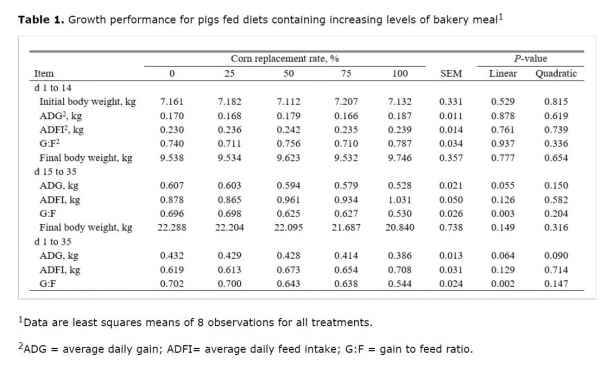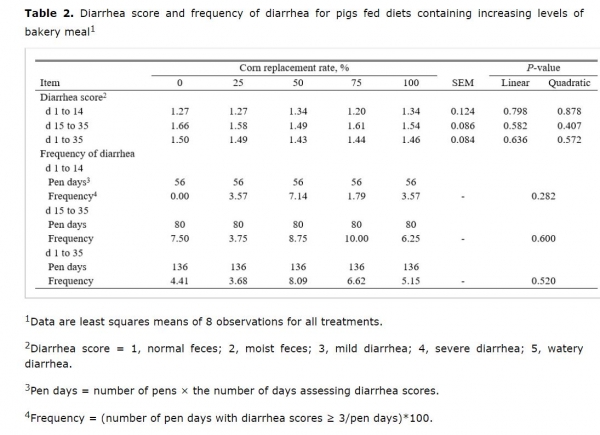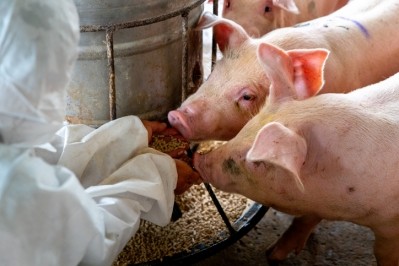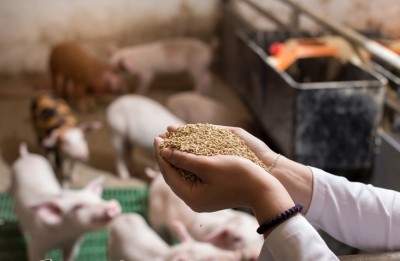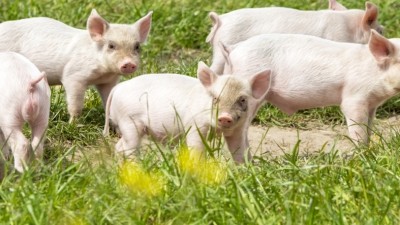What is the effect of bakery meal on weanling pig performance?
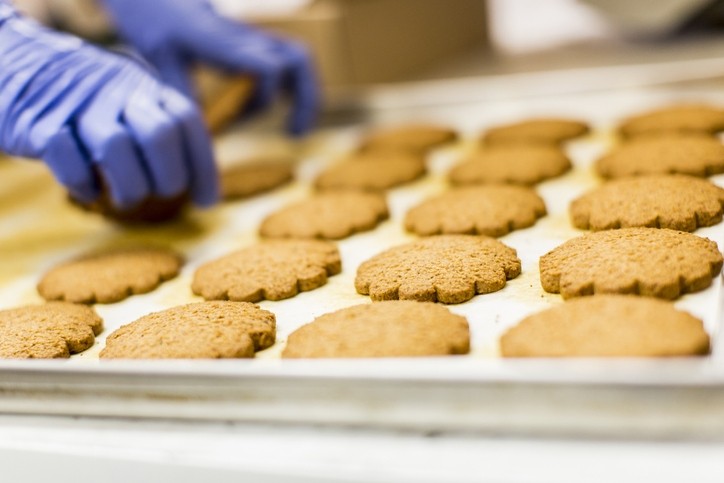
Hans H Stein, professor of animal science at the University of Illinois, Urbana-Champaign, in the US, in a research update, said as studies demonstrating the effect of bakery meal on growth performance for weanling pigs are limited, he and his team carried out an experiment to test the hypothesis that replacing corn with bakery meal would not influence growth performance of pigs.
He told FeedNavigator: "Results indicated that if 25% of the corn is replaced by bakery meal, there are no changes in pig growth performance. Also, pig growth rate was maintained if 50% of the corn was replaced with bakery meal. However, the feed conversion was slightly reduced if 50% corn was replaced with bakery meal, which indicates that the energy in bakery may be slightly less than in corn.
"However, we need to confirm that in future studies. We have several follow-up studies initiated and will have more data in the future."
Based on this research, bakery meal has to be priced lower than corn to be competitive in the formulations, he added.
Bakery meal is derived from products such as unsalable bread, breakfast cereals, biscuits, and pasta that are no longer intended for human consumption. Wheat flour is the main ingredient in most bakery products, and this results in bakery meal containing high concentration of starch.
Bakery meal converts losses from the food industry into ingredients for the animal feed industry, thereby preventing food losses in the food chain. A sustainable feed ingredient then that can help reduce the feed-food competition for raw materials, say Stein el al.
The results have only been published in his research update newsletter because the study has just finished, said Stein. "We will prepare a publication for a scientific journal over the next few months."
Methodology used in the study
In this study, Stein and his team allocated 160 newly weaned pigs, in total, to one of five dietary treatments.
A two-phase feeding program was used – day one to day 14 were deemed to be phase one while day 15 to day 35 comprised phase two. There were four pigs per pen with eight replicate pens per treatment, they said.
A total of 10 diets were formulated. In each phase, a control diet based on corn and soybean meal was formulated, and four additional diets included increasing concentrations of bakery meal at the expense of corn, said the team. In both phases, the replacement of corn with bakery meal was 0, 25, 50, 75, and 100%.
Individual pig weights were recorded at the beginning of the experiment - on day 14 and on day 35. Feed addition was recorded daily, and the weight of feed left in the feeder was recorded on day 14 and day 35 as well, while growth performance data were summarized for day 1-14, for day 15-35, and for the entire experiment.
A blood sample was collected from one pig per pen on day 14 and again on day 35.
Blood samples were analyzed for blood urea nitrogen (BUN), total protein, and albumin. Fecal scores were assessed visually every other day throughout the experiment, said the scientists.
Study findings
The team saw no effect of increasing concentrations of bakery meal on final body weight, average daily gain (ADG), average daily feed intake (ADFI), or gain: feed (G:F) of pigs from day 1 to 14.
Average daily gain of pigs from day 15 to 35 and for the overall experimental period tended to decrease as the concentration of bakery meal increased in the diets, they noted.
Phase 2 and overall G:F linearly decreased as bakery meal inclusion increased in the diets.
However, they saw no differences among dietary treatments from day 15 to 35 and in the overall experimental period for final body weight and ADFI.
Likewise, increasing concentrations of bakery meal in diets did not affect fecal scores or diarrhea frequency of pigs, according to the team's findings. Increasing level of bakery meal in diets did not affect the concentration of BUN, total protein, or albumin of pigs, they said.
Source: Stein Monogastric Nutrition Laboratory - research updates
Title: Effect of replacing corn with bakery meal in diets for weanling pigs
Authors: Luciano, Espinosa, Stein
This article was updated on June 2 to reflect feedback from Hans H Stein.
